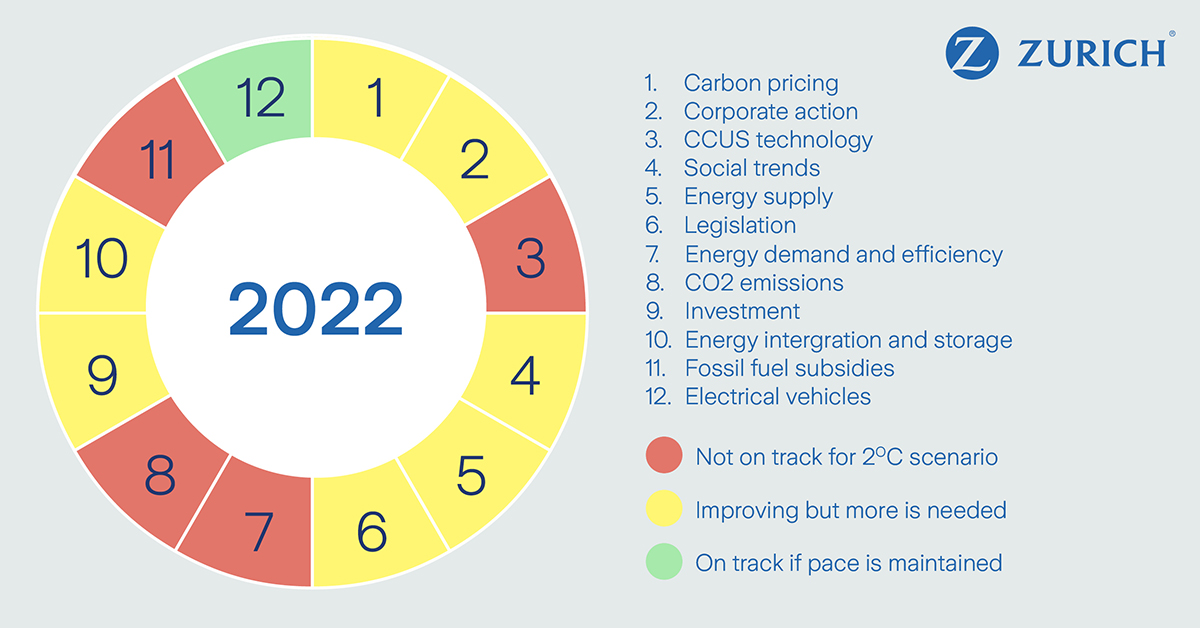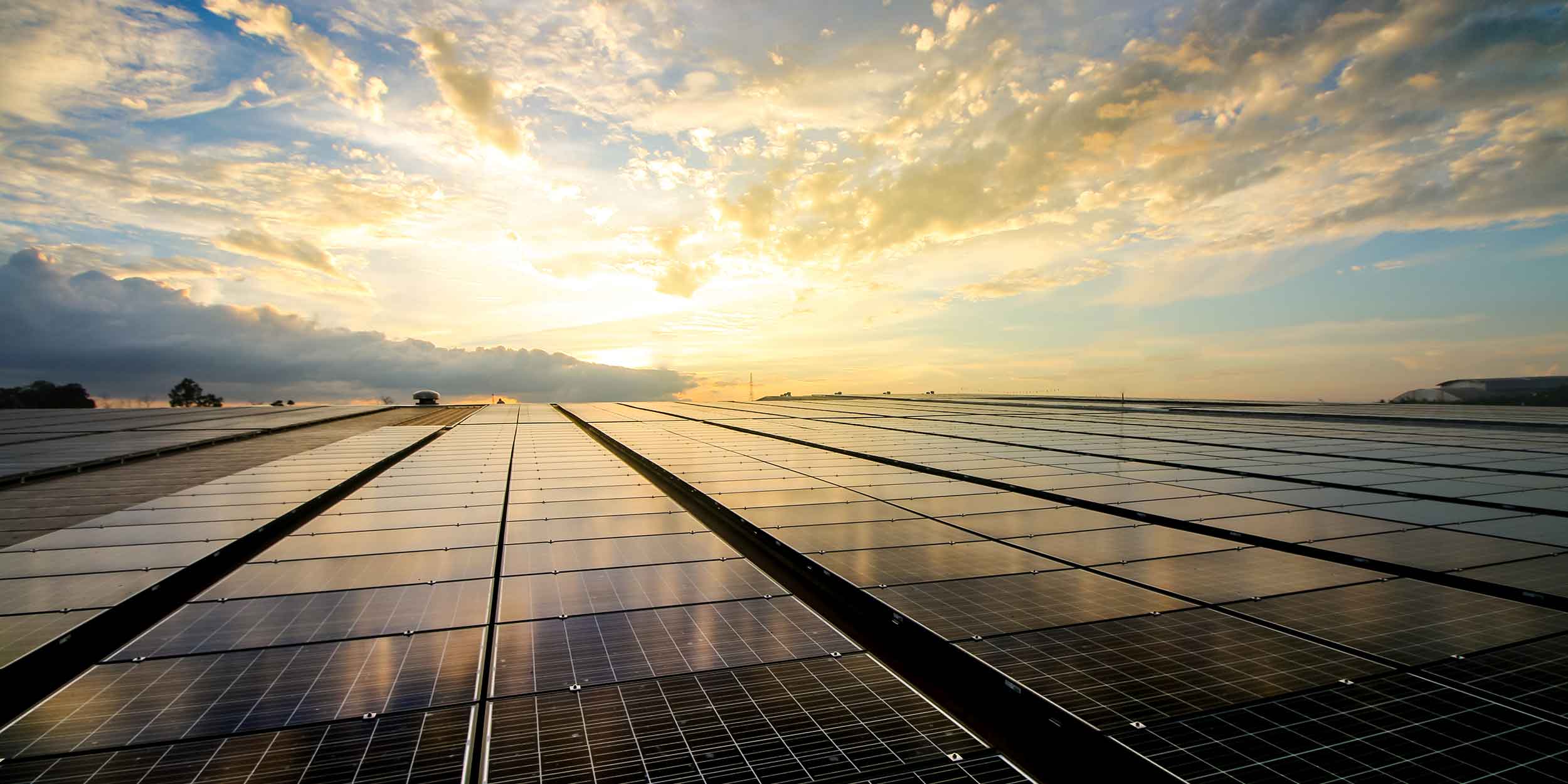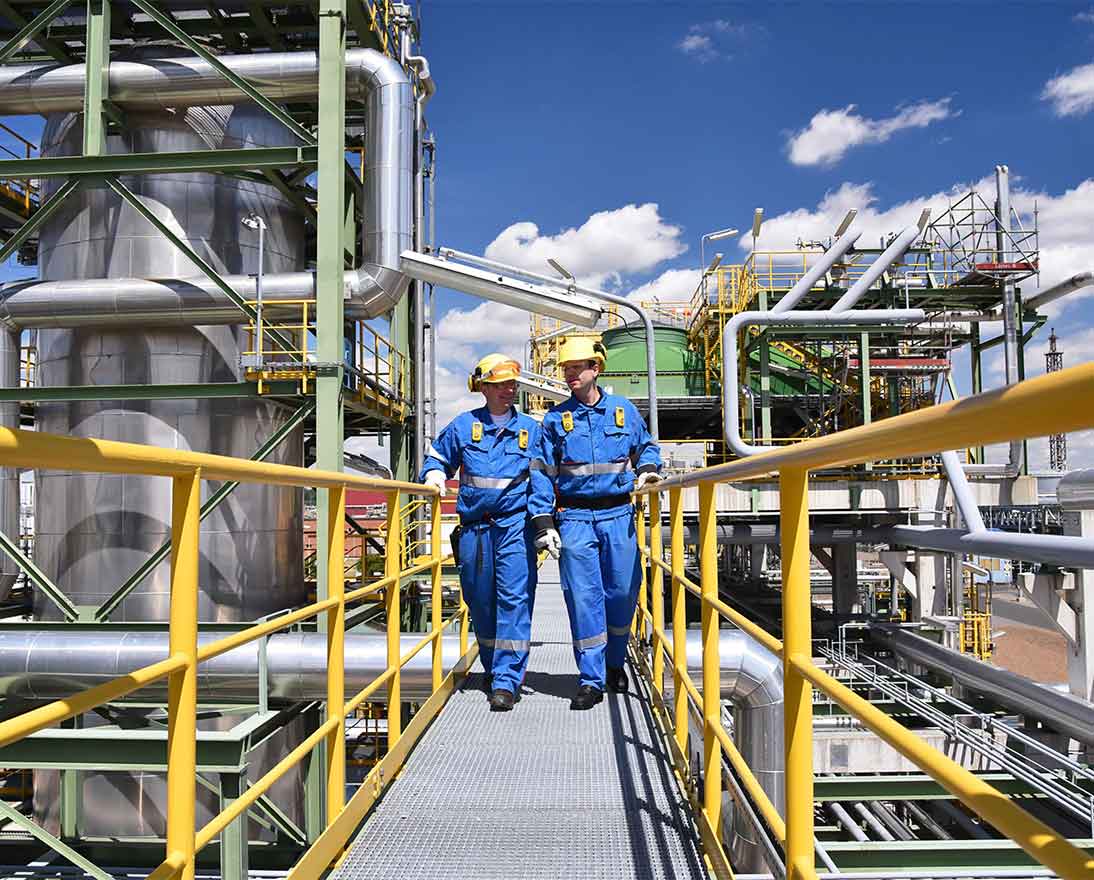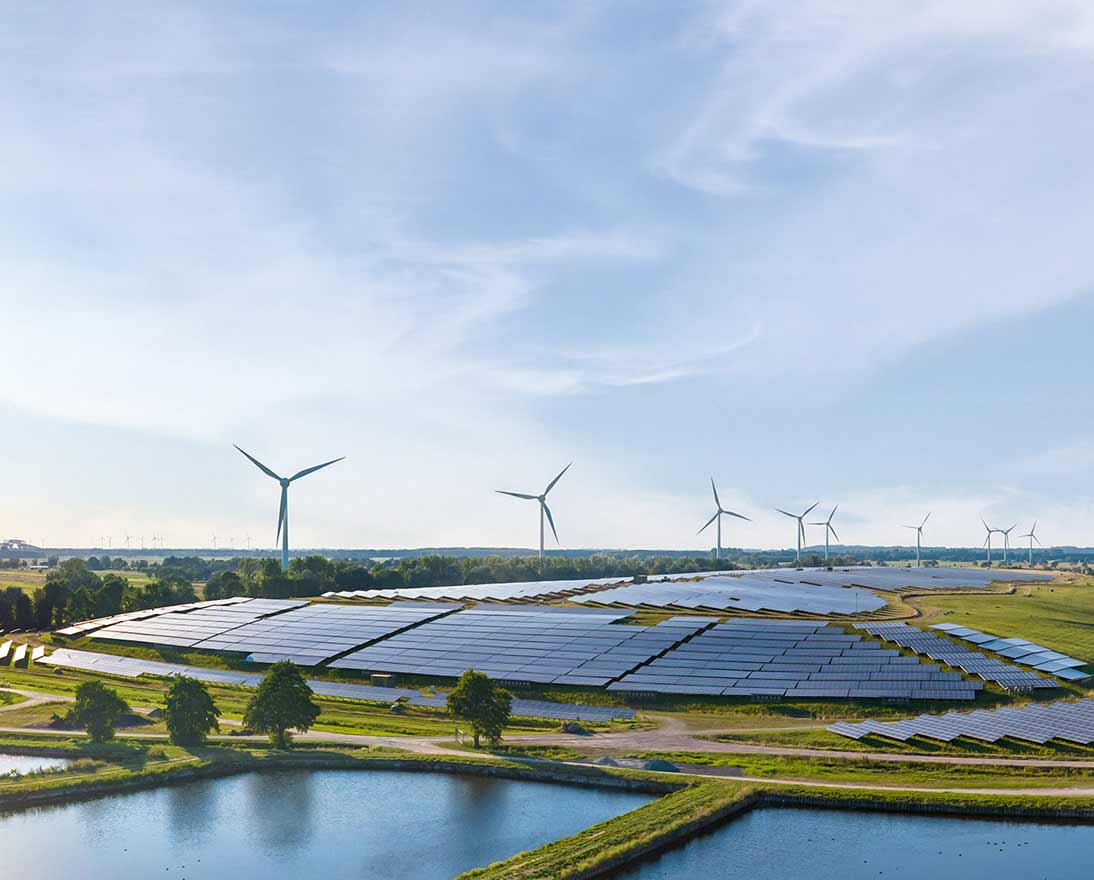Where are the major roadblocks in the net-zero transition
Climate resilienceArticleNovember 27, 2023
Short-term pressures risk dampening efforts to realize the net-zero transition, but there are glimmers of hope.
The slow grind of international conflicts, continued inflationary pressures and other regional frictions have all rocked the global agenda in 2023, threatening to hinder collective efforts to combat climate change.
And while increases in fossil-fuel subsidies, global energy demand and CO2 emissions are also affecting the ability to reach net-zero global targets, there is some cause for optimism. Strong growth in the uptake of electric vehicles and record investment in clean energy technologies show what is possible when we come together to face the climate crisis.
The Climate Change Scorecard 2023
The Climate Change Scorecard is divided into 12 segments representing key areas of the net-zero transition. Every year, we assess global actions taken in these areas to capture progress across policy, technology and society.

A segment is green if the area it represents is judged to be on track to limit global warming to less than 2°C. A yellow segment suggests that an area is off track but showing significant improvement. And a red segment indicates that an area is not on track to remain within a 2°C warming scenario.
The 2021 scorecard was the most positive since its inception in 2017, but last year’s version reversed that trend with four red areas and one green. Red outscores green once again in 2023 with five areas off track, but two green segments this year suggest that it is headed back in the right direction.
Stubborn red zones
Most areas that were red last year remain off target in 2023. Fossil fuel subsidies, for example, are on the rise once more. After reducing notably following the coronavirus pandemic, preliminary estimates suggest that global fossil fuel consumption subsidies doubled from 2021 to 2022 to a record high of $1 trillion.
Carbon emissions have also stayed in the red. Global CO2 emissions are expected to continue increasing to new heights: 37.2 gigatons of CO2 equivalent could be emitted globally in 2023, up 1 percent from the previous year. But carbon emissions need to fall by around 5 percent at the end of this year to keep warming below 1.5°C.
Energy demand remains off track too as the need for energy around the world continues to grow. Global electricity demand, for example, is expected to grow by 2 percent in 2023, down from 2.3 percent in 2022 but with marked variation across geographies; demand in the EU is declining for the second year in a row but increasing rapidly in China and India, by 5.3 percent and 6.5 percent respectively.
Social trends – the number of climate change related articles in the media and social media mentions – slipped from yellow to red in the 2023 scorecard. There could be many reasons for this, but it's possible that the number and scale of non-climate-related crises – like regional conflicts or continued economic pressures – are occupying peoples’ minds in the short-term and distracting from the urgency of the climate crisis
Cautious optimism
There are, however, some reasons for optimism. Investment in renewable energy, which was already showing significant improvement in the 2022 scorecard, has improved to green this year. The response to the global energy crisis has accelerated momentum behind the deployment of clean energy. Investment in low-carbon technologies drew level with spending on fossil fuels in 2022 at a record-breaking $1.1 trillion, and that figure could rise to $1.7 trillion by the end of this year.
Electric vehicles are green once again in this year's scorecard, as the industry goes from strength to strength. In 2023, 14 million electric cars are expected to be sold, representing a 35 percent increase from 2022 and, if the growth seen over the last two years is sustained, CO2 emissions from cars could be aligned with a pathway that achieves net-zero by 2050.
Now is the time
The Climate Change Scorecard 2023 shows that some factors influencing the transition remain stubbornly off track to hit net-zero targets. But accelerating success in the electric vehicle market and a dramatic surge in clean energy investment also show what we can achieve through clear commitment to change. Short-term pressures might loom large, but it’s vital that we stay the course and focus on the medium- and long-term collaborative action needed to keep a net-zero future alive.




